Enter a surname, town name or other keyword to search the database. Remember to
allow for the different spellings of 'Mc' and 'Mac.' Good luck!
{Search tips: Use single word search terms for more results}
You must enter some valid character(s) into the search field
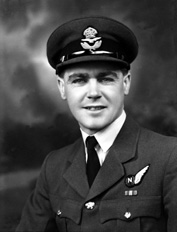
Reference: 44005a
P/O MacPherson. The RAF Naviga...
|
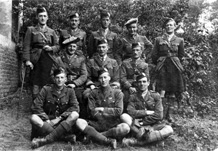
Reference: 31683
Mr Cameron. Believed to be a g...
|
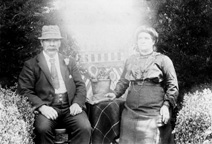
Reference: 877
Copy for Mrs Robertson, Old ...
|
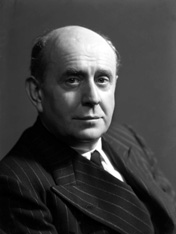
Reference: 37639
His Excellency Jan Masaryk, Vi...
|
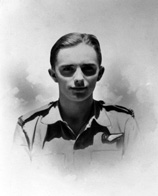
Reference: 156
Mrs Paton. ...
|
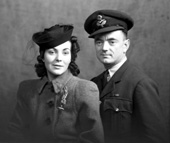
Reference: 35104b
Mrs G.H Read, 44 Keith Street,...
|
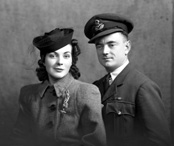
Reference: 35104a
Mrs G.H Read, 44 Keith Street,...
|
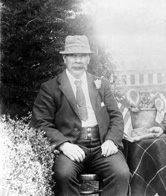
Reference: 838
Copy for Mrs Robertson, Old Ed...
|
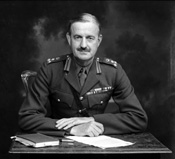
Reference: 46461f
Brigadier (later General) Sir ...
|
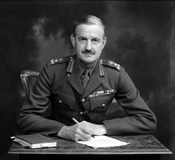
Reference: 46461e
Brigadier (later General) Sir ...
|
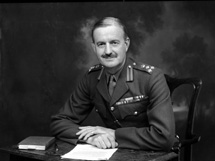
Reference: 46461d
Brigadier (later General) Sir ...
|
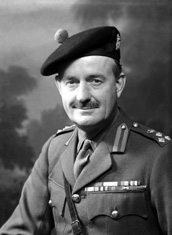
Reference: 46461c
Brigadier (later General) Sir ...
|